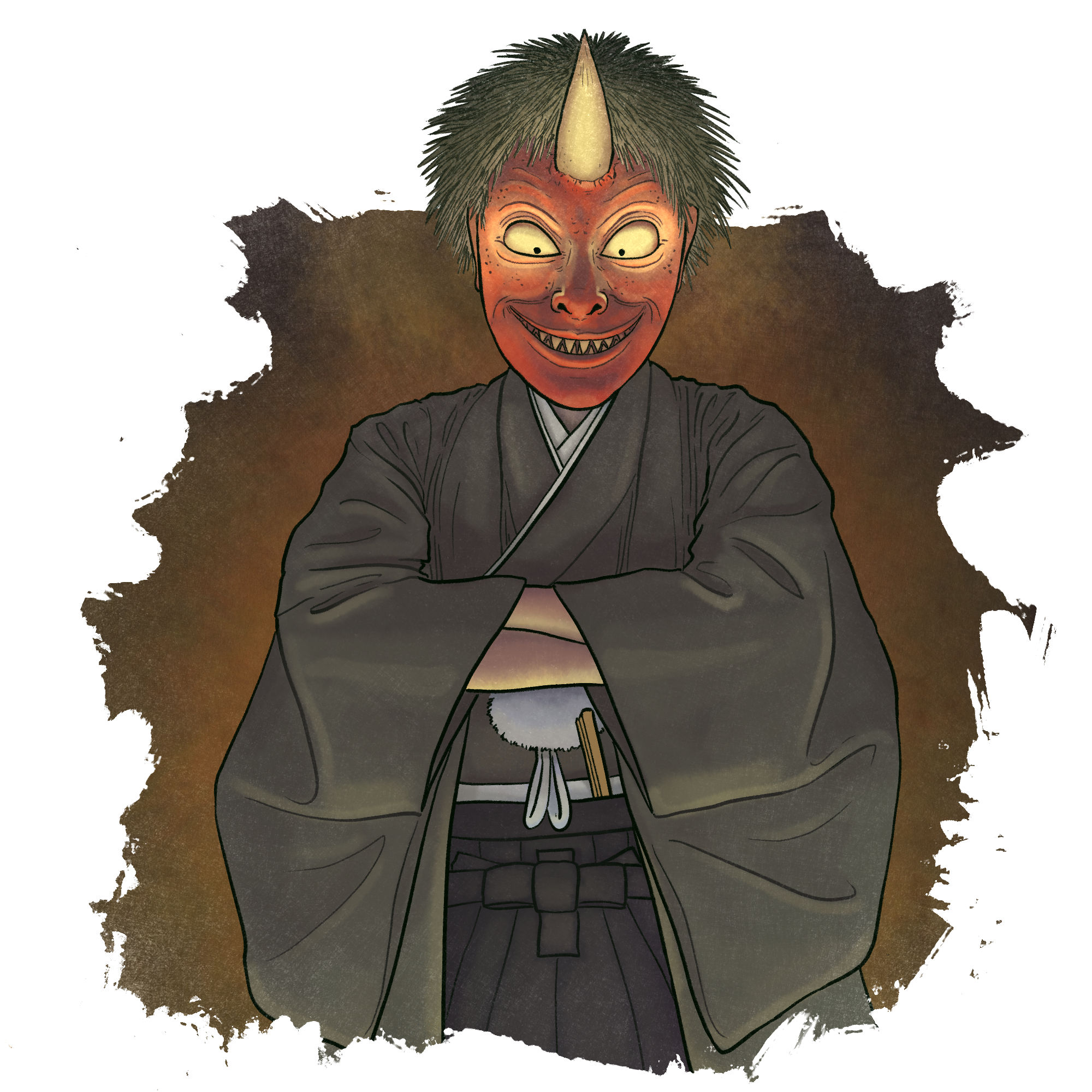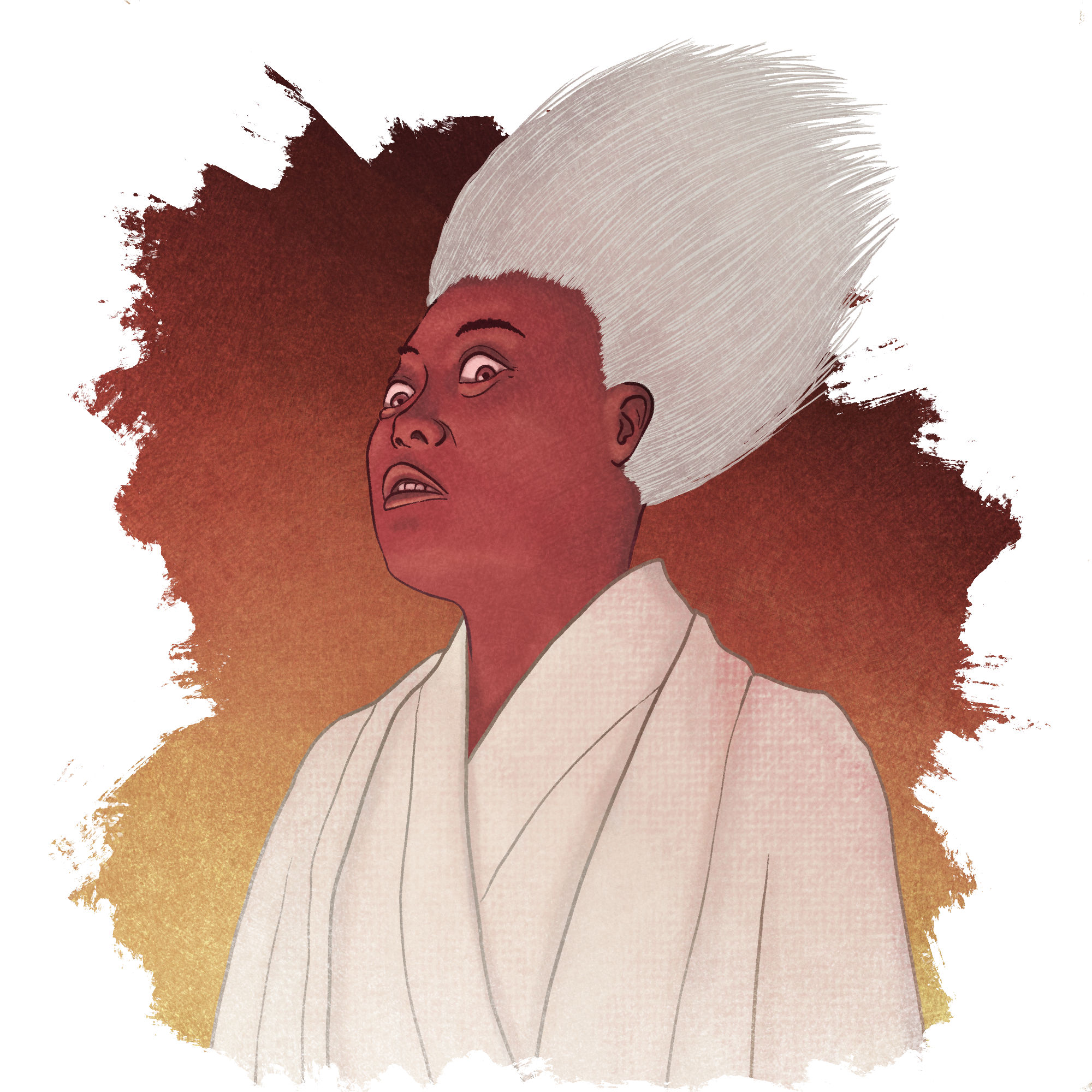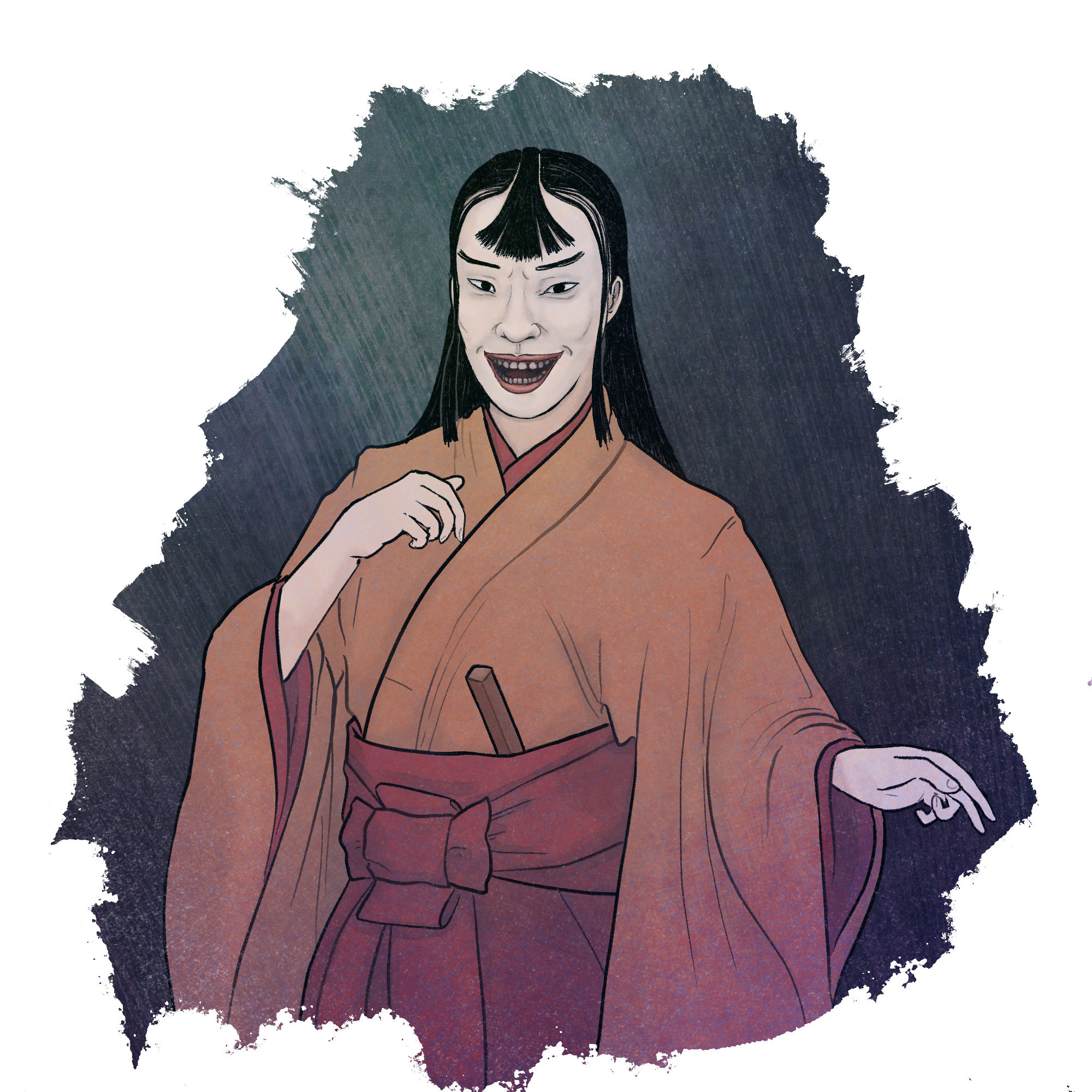Tonight’s story may seem a bit weird to Western readers with its focus on “killing.” What may seem to some as simple hunting or fishing, whether for fun or for sustenance, is considered by others to be a grave sin. The Japanese word used in this story is sesshō (殺生), which literally means the destruction of life. It’s a Buddhist word, and it is used throughout this story as a reminder that all killing, no matter how insignificant it may seem to us humans, is an obstacle to spiritual growth.
In Buddhist cosmology all beings reincarnate forever. Thus, any creature you kill, whether it is a fish, a chicken, or even a mosquito, could potentially have been your own mother in a past life. Any time you kill a living being, it is like killing your own mother. And although it may be impossible to go through life without killing anything at all (How many ants have we unknowingly stepped on?), one should refrain from the conscious act of taking life whenever humanly possible. Taking joy in it, even something as seemingly harmless as fishing, is like taking joy in killing one’s own mother.
That is why this story’s phrasing may seem odd or even hyperbolic when describing the samurai’s love of fishing as “killing.” It’s referring to the sin of sesshō, and the storyteller clearly has a religious message in mind with this story.
How Killing Turned a Man’s Hair White
In the area of Takada in Echigo Province lived a famous samurai named Higuchi Mokuzaemon. He was a man of both martial and literary prowess. However, he had a fondness for killing.
Several miles from his estate there was a temple to Benzaiten. In front of the temple there was a large pond. Every night Mokuzaemon and his servants would visit this pond with nets in hand and catch and kill fish.
One night, Mokuzaemon went to the pond without a single companion, to kill fish by himself. A young woman of about sixteen years approached the samurai from across the pond.
Mokuzaemon felt suspicious, and called out, “Who goes there?”
The girl replied, “I am a servant just across the pond from here. I came this way to use a nearby kitchen, but I forgot something. I’m sorry, but would it be alright if I asked you to watch something for me while I go retrieve what I forgot?”
Mokuzaemon thought it was a strange request, but he replied, “It’s no problem.”
The woman took out a round, white object and placed it in Mokuzaemon’s hand.
Mokuzaemon was baffled. He looked over the object. It gave off an overpowering fishy stench. He could not make any sense of what it was, but it just smelled fishy. But before long the woman returned and took back the mysterious object, thanked Mokuzaemon, and then left.
Although Mokuzaemon was trained in both literature and warfare, he was left unsettled by the whole experience. He left his nets and went straight home.
Mokuzaemon got back to his house, and when he tried to enter, his wife brandished a naginata and tried to stab him with it.
Mokuzaemon called out, “What are you doing? It is I, Mokuzaemon! How dare you attack me!”
His wife was started. She replied, “What is the meaning of this?”
She pulled out a mirror and showed it to Mokuzaemon. His hair, beard, and sideburns were as white as snow. Mokuzaemon became even more puzzled, and he told his wife about everything that had happened that evening.
“The woman from this evening was a servant of Benzaiten! She must have been upset that I was catching fish in that pond, and that is why she did this to me. From now on, I will stop killing!”
After that, Mokuzaemon followed the Buddhist path. Today, his descendants are serving in various public roles all over the place, as we all know.








